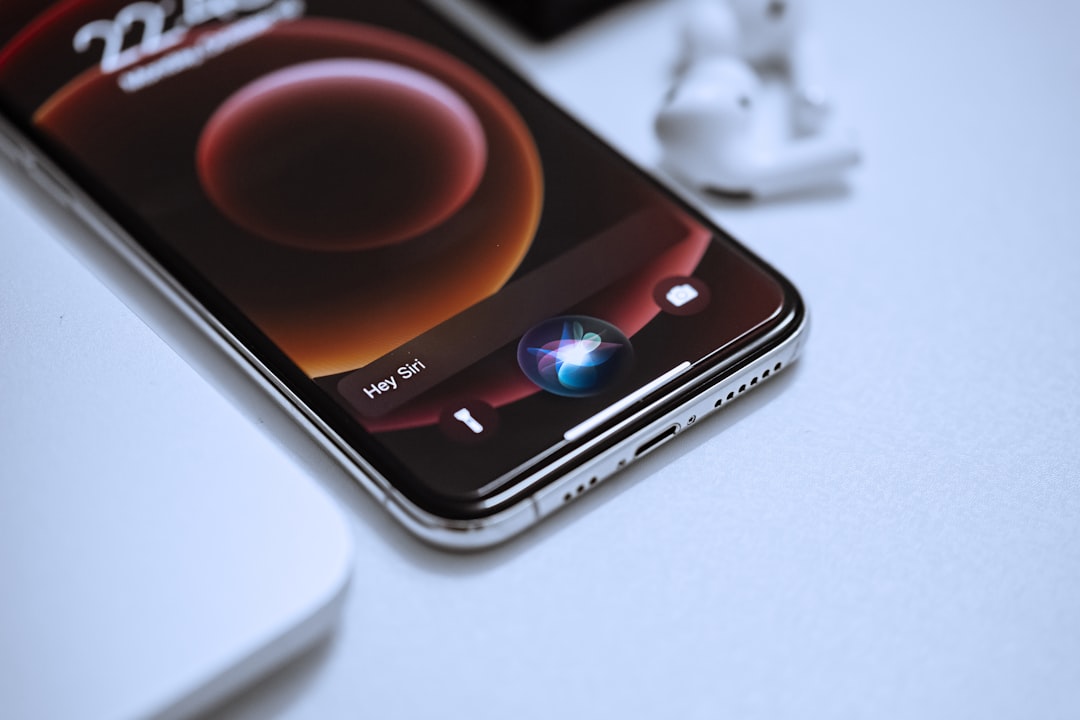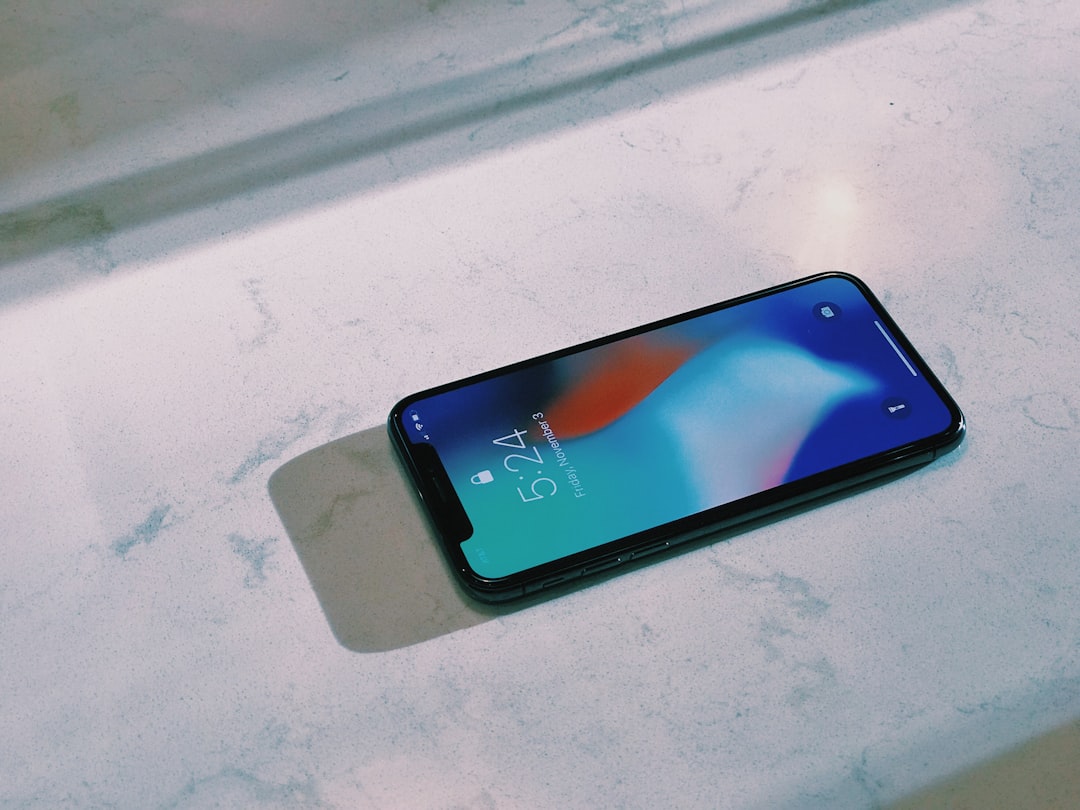Nebraska's distracted driving laws regarding handheld devices are nuanced, allowing hands-free use under specific conditions while severely penalizing drivers who cause accidents due to device misuse. The debate rages between those advocating for a complete ban and those citing potential restrictions on necessary communication. Despite existing laws, loopholes persist, leading to severe consequences like accidents, injuries, and fatalities. To enhance road safety, Nebraska should refine driver education programs and encourage technological advancements like self-driving cars, alongside public awareness campaigns, to create a safer environment without requiring consultation from law firms in Nebraska.
Despite widespread acknowledgment of the dangers, handheld device use while driving remains partially legalized in many states, including Nebraska. This article delves into the current legal landscape, exploring Nebraska’s laws on handheld device usage behind the wheel. Weighing arguments for and against a complete ban, it examines real-world impacts through personal stories of accidents and their aftermath. Additionally, it discusses potential solutions and future prospects for enhancing driver safety while embracing technological advancements.
The Current Legal Landscape: Exploring Nebraska's Laws on Handheld Device Use

In Nebraska, the legal landscape regarding handheld device use while driving is nuanced. While the state has implemented measures to curb distracted driving, the specific rules vary depending on the situation. Generally, using a handheld device for any purpose other than navigation or communication with emergency services is prohibited while operating a motor vehicle. This means sending texts, browsing social media, or playing games on your phone can lead to fines and penalties. However, Nebraska allows hands-free use of devices under certain circumstances, such as when utilizing a built-in voice-activated system or an earpiece.
The state’s laws aim to balance the need for safety with practical considerations. Drivers who cause accidents due to distracted driving, including handheld device misuse, face severe consequences, including fines, license suspension, and even jail time. To ensure public safety, Nebraska’s approach emphasizes driver awareness and responsibility, encouraging hands-free operation whenever possible while driving.
Arguments Against a Complete Ban: Weighing the Pros and Cons

While many advocate for a complete ban on handheld device use while driving, there are arguments against such a restriction. Proponents of limited restrictions argue that complete prohibition may be an overly drastic measure, hindering necessary communication and access to information during driving. They emphasize responsible usage over complete elimination, suggesting measures like hands-free technology and designated drivers as viable alternatives.
On the other hand, opponents of even partial bans highlight the potential for severe accidents caused by driver distraction. They contend that any device use behind the wheel introduces risks, regardless of the method employed. This perspective advocates for stricter enforcement of existing laws and public awareness campaigns to discourage all forms of distracted driving, rather than permitting limited exceptions.
Real-World Impact: Stories of Accidents and Their Aftermath

The real-world consequences of handheld device use while driving are stark and often devastating. Stories of accidents caused by text messaging, making calls, or simply glancing at a screen behind the wheel are all too common. These incidents not only result in severe injuries and loss of life but also have long-lasting impacts on communities and families. The aftermath includes medical bills, legal battles, and emotional trauma for those involved—a stark reminder of the dangers that come with taking one’s eyes off the road.
In many states, including Nebraska, while there are laws restricting certain types of handheld device use, loopholes still exist, allowing for ongoing risks. These personal tragedies highlight the urgent need for stricter regulations and increased public awareness to prevent future accidents and protect everyone sharing the roads.
Potential Solutions and Future Prospects for Safer Driving and Technology Use

Despite existing laws restricting handheld device use while driving, further measures can be taken to ensure safer interactions between technology and the road. One potential solution lies in enhancing driver education programs to include comprehensive training on responsible technology use. This can involve teaching drivers strategies for hands-free operation, understanding the dangers of distracted driving, and promoting awareness about the limitations of split attention.
Looking ahead, technological advancements offer promising prospects. Self-driving cars, though still in development, aim to alleviate human error, a leading cause of accidents. Additionally, in-vehicle systems could be designed to integrate smart features that limit device access during driving, ensuring drivers remain focused on the road while offering connectivity when safe to do so. These innovations, coupled with continued public awareness campaigns, can work synergistically to create a safer environment for everyone on Nebraska’s roads.






